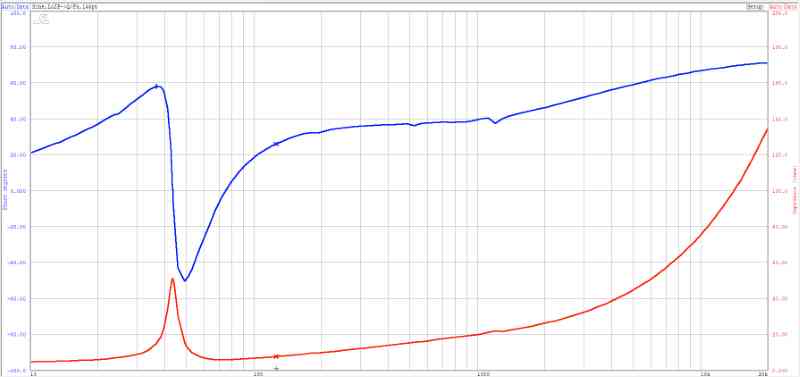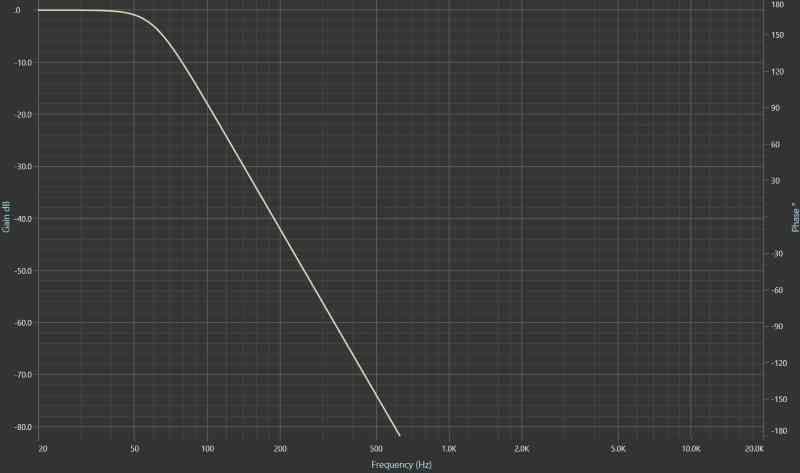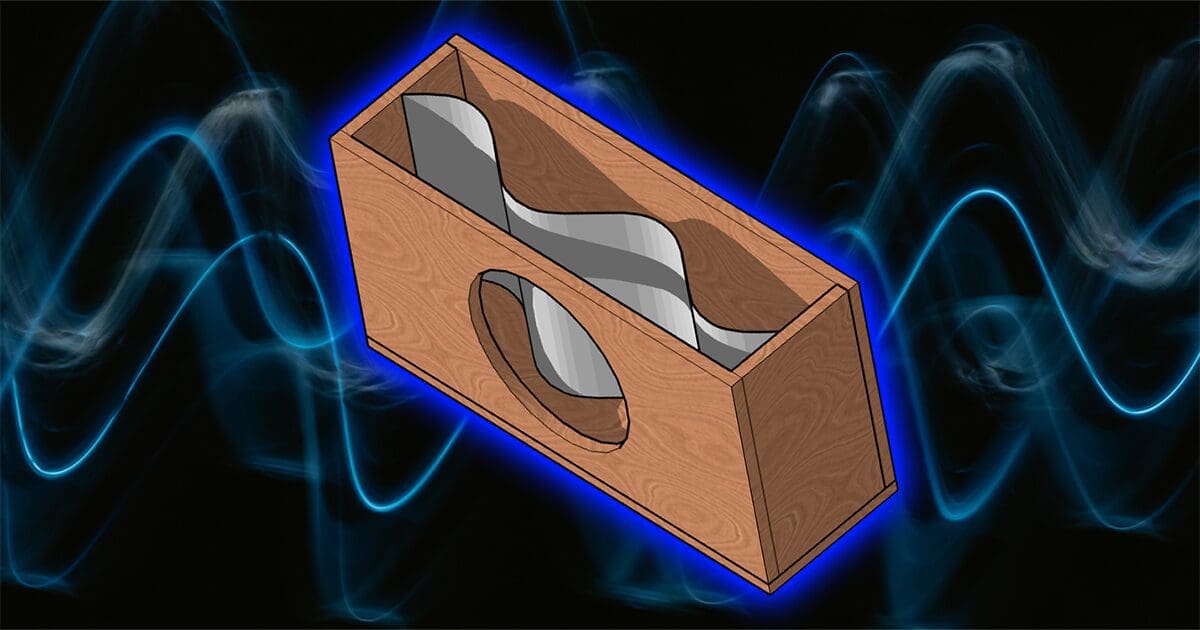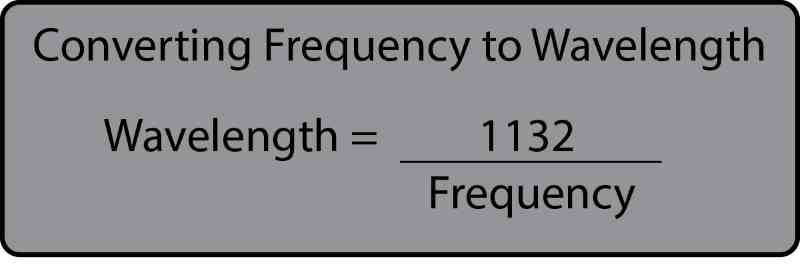Many years ago, an industry peer asked me if I would be interested in reviewing a subwoofer enclosure solution his company offered. This enclosure was designed for shallow-mount subwoofers and fit under the rear seat of extended- and quad-cab pickup trucks. What made the solution unique was that it was constructed from many layers of wood stacked one on top of the next. In addition, each layer had deliberately mismatched waves built into the internal edges.
Fast-forward more than a decade and a half, and it’s still common to see installers and fabricators building low-frequency enclosures with features designed to break up the sound waves coming off the rear of the subwoofer. In most cases, these stack-fab enclosures include bumps or ridges in each layer intended to diffuse the sound waves hitting them to prevent unwanted resonance in the chamber. In addition, many have acrylic windows so the craftsmanship can be displayed for all to see.
The Simple Math about Resonance
In the context of physics, the Oxford English Dictionary defines resonance as “the reinforcement or prolongation of sound by reflection from a surface or by the synchronous vibration of a neighboring object.” For example, if we have two parallel surfaces 3 feet apart, then a sound wave with a frequency of 375 hertz has the same wavelength. If you placed a speaker with a flat frequency response in this space and played pink noise, you’d see a peak in the output around this frequency. That’s a resonance, which is also sometimes called a standing wave.
If we put a speaker into an enclosure in which two parallel surfaces are 36 inches apart, sounds at 375 hertz will resonate inside the enclosure rather than bounce around and die off. If we measure the acoustic frequency response of the speaker, we might see peaks or valleys around this frequency. If we measure the impedance response of the speaker in the enclosure, we are likely to see a dip in the impedance.
Measurements Expose the Physics
When I wrote about adding Dacron or polyester stuffing to subwoofer systems, the test enclosure I constructed had external dimensions of 28 by 15 by 9 inches and was built with 0.75-inch material. A brace runs up the center of the enclosure to connect the front panel to the back, right up to where the subwoofer is mounted.

As you can see from the graph above, there are two small dips in the driver’s impedance around 510 hertz. Where did those come from? The longest internal dimension in the enclosure is 26.5 inches, which correlates to sound at a wavelength of 509.85 hertz. I’d call that pretty close to 510 hertz. Shorter dimensions have even higher-frequency resonances. So, theoretically, there might be a front-to-back standing wave or resonance at 1.8 kHz. The small space around the subwoofer where the enclosure is open from top to bottom has a distance of 13.5 inches, so there might be a standing wave at 1 kHz.
Subwoofers, Frequency Response and Applications
In car audio systems, we typically feed subwoofers with audio signals that have been low-pass filtered at 60 to 80 hertz. In terms of high-frequency output, a shallow -12 dB/octave filter and a high crossover point of 80 Hz, the driver’s output would be down 30 decibels at 510 hertz. Even with some reinforcement, this resonance would be very difficult to hear. If we have the crossover set at 60 hertz with a -24 dB/octave slope, the signal going to the sub is down about 75 dB from the reference at 510 Hz. There’s effectively no audio information fed to the driver.

If these resonances are happening at wavelengths where we aren’t playing music, there’s little to no energy so that nothing will be reinforced or emphasized.
OK, what if we build a huge enclosure in the back of an SUV. Could that cause a problem? Let’s say you’ve got a massive 10-foot enclosure in a Chevy Suburban. A length of 120 inches corresponds to a sound with a wavelength of 112.5 hertz. So, sure, that might be a problem. The solution? Make two enclosures by adding a divider in the middle. Make it four separate enclosures by adding three partitions. Not only will these resonances be eliminated, but the panels of the enclosures will have better support and may not vibrate as much as wasted energy.
Do Subwoofer Enclosures Need Back-Wave Dispersion?
If you’re having a subwoofer enclosure constructed for your car, truck or SUV, does it need to have wavy edges or curves to prevent resonances in the enclosure? It most certainly doesn’t. But are they detrimental to the performance of the subwoofer? If they consume volume in the enclosure that could otherwise be used to increase its effective size and improve low-frequency output, I suggest forgoing the added effort and expense.
Drop by your local specialty mobile enhancement retailer today to find out about subwoofer enclosure options for your vehicle and music enjoyment preferences.


